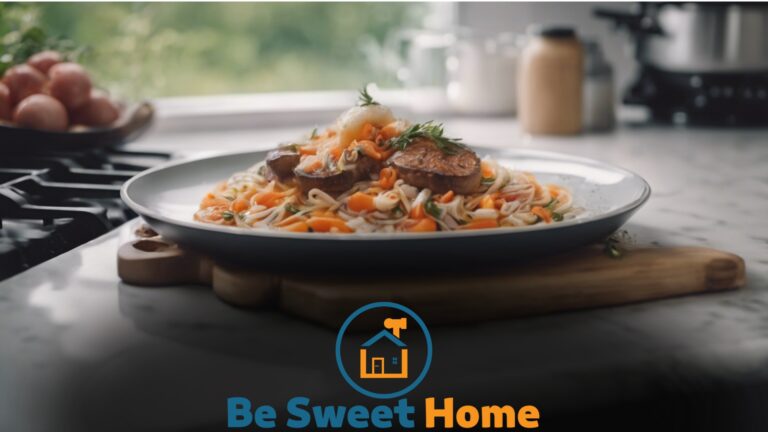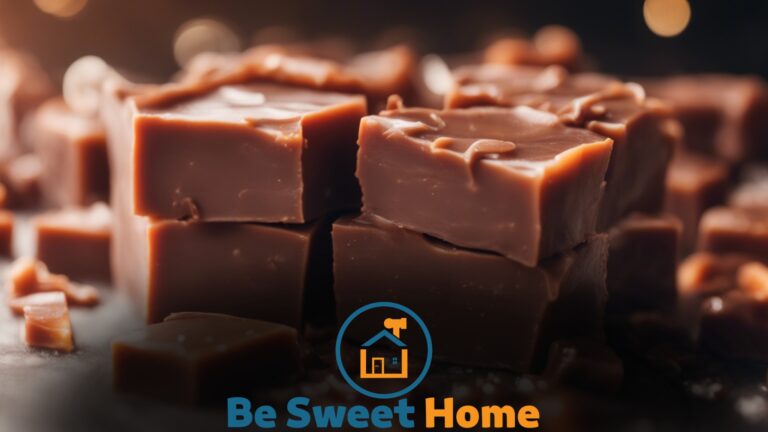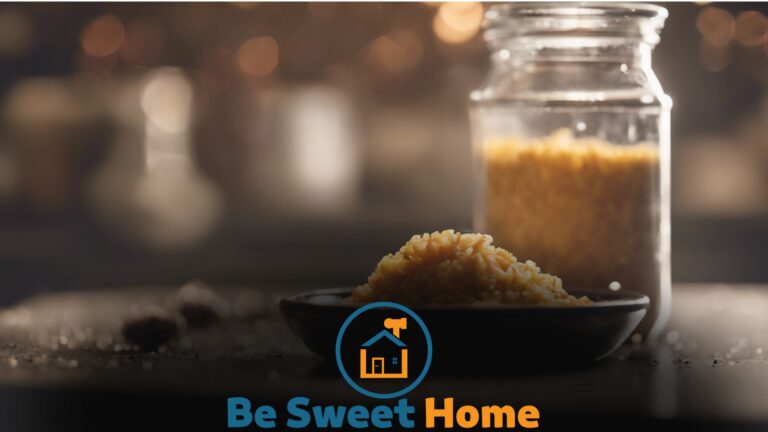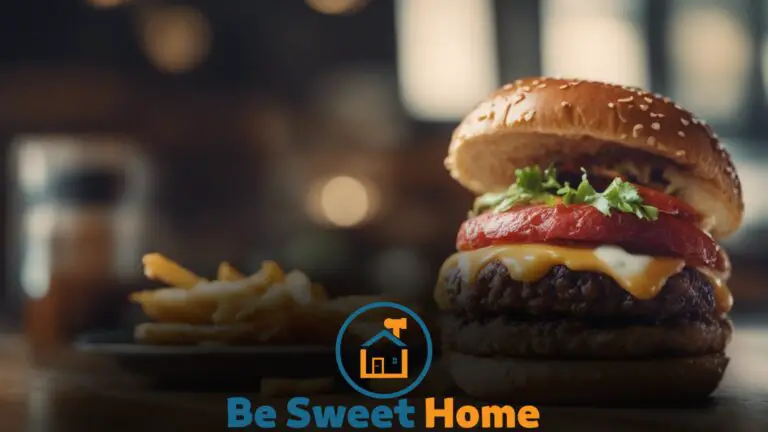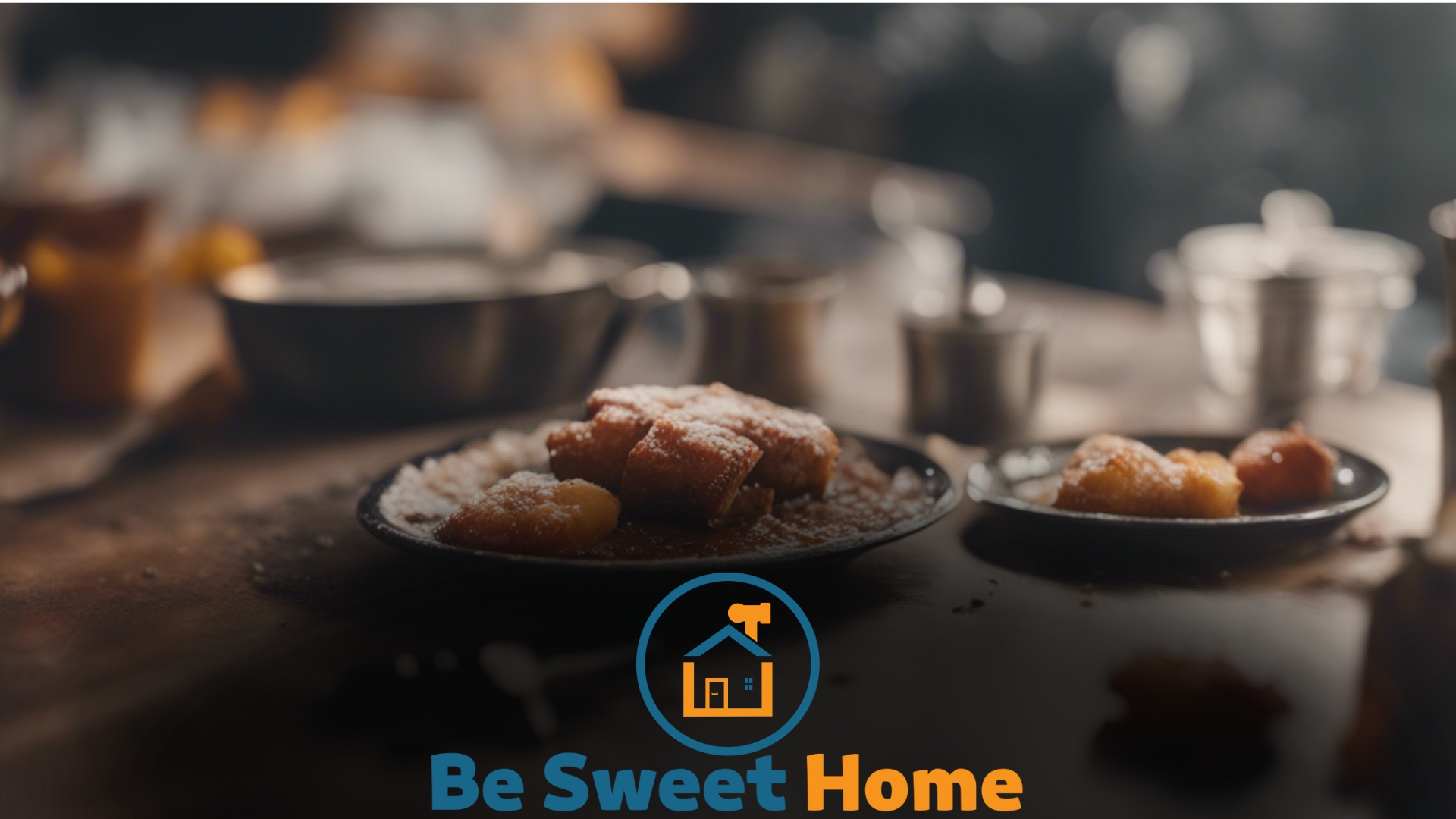

A recipe lists ingredients and quantities; a method describes the steps to prepare and cook a dish. The recipe provides the necessary components, while the method guides you through combining them.
Embarking on a culinary journey requires more than just gathering ingredients; it demands understanding the recipe and the method.
A recipe acts like a map, highlighting the raw materials and proportions needed to create a tempting meal.
Conversely, the method serves as the navigator, offering crucial details on techniques, timings, and sequences to bring the dish to life.
This clear distinction allows any aspiring chef to replicate dishes accurately.
Engaging with both aspects ensures the dish turns out as intended and helps hone one’s cooking skills.
The precision of a recipe and the practical guidance of a method pave the way for kitchen success, ensuring delicious outcomes for cooks at any level.
Dissecting Recipe and Method
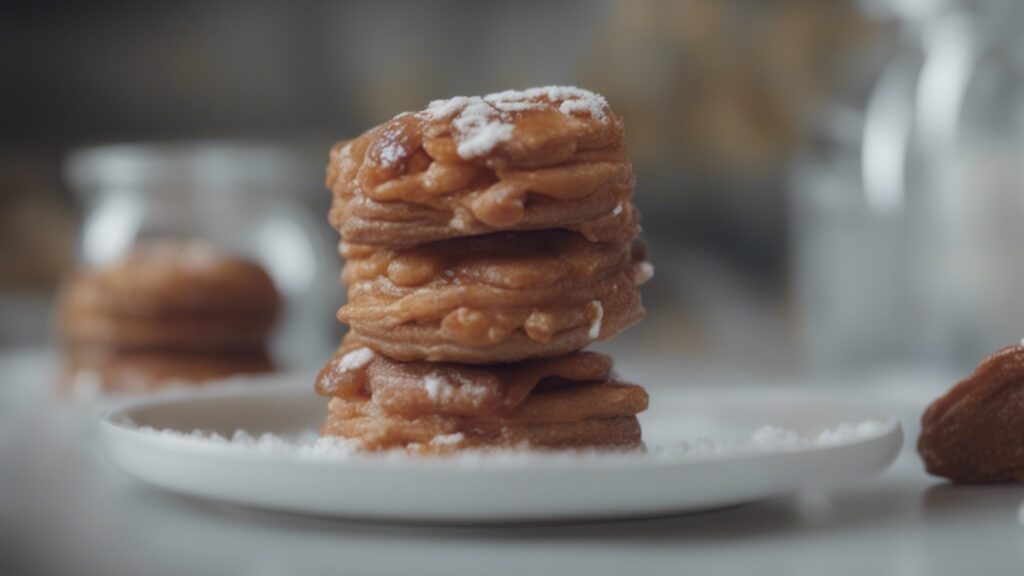

Exploring the kitchen can feel like a scientific experiment. Certain terminology may confuse beginners.
Recipes and methods play pivotal roles. Let’s unravel these concepts to enhance your culinary adventures.
The Blueprint Versus the Approach
Recipes are blueprints. They list ingredients with measurements. Methods, on the other hand, show steps for preparation.
Consider recipes as a shopping list and methods as the assembly instructions.
| Recipe (Blueprint) | Method (Approach) |
|---|---|
| Exact amounts | Instructions for use |
| List of necessities | Sequence of actions |
Static Guidelines Versus Dynamic Execution
Think of a recipe as static—it doesn’t change. It’s a series of clues that produce a dish. Yet, the method is dynamic.
You adapt it. You control the stirring, the flipping, and the timing.
- Recipe:
- Fixed measurements
- Unchanged list
- Method:
- Adaptable technique
- Fluid process
Mastering both the recipe and the method is key. It allows chefs to craft perfect dishes every time. You learn not just what to mix but how to mix it, too.
This knowledge transforms a simple meal into a masterpiece.
Critical Components of a Recipe
Understanding the critical components of a recipe is essential for any home chef or baking enthusiast aspiring to replicate a dish successfully.
A recipe serves as a blueprint. It outlines the exact requirements and steps to create a culinary masterpiece.
Each recipe component, from the ingredients to the measurements, works harmoniously to ensure a perfect outcome.
Ingredients List
The ingredients list is the foundation of any recipe. It details every item needed to prepare the dish. This list is typically presented in the order of use.
It should outline specific types, like ‘unsalted butter,’ to guide cooks effectively. Ensuring all ingredients are listed before starting is crucial for a smooth cooking experience.
- Clear identification of each ingredient
- Order of appearance in the method steps
- Specific types or variants, when necessary, for consistency
Quantitative Precision
Quantitative precision in a recipe involves exact measurements. Quantities guide the cook on how much of each ingredient to use, ensuring balanced flavors and textures.
Standard measurement units include cups, tablespoons, or grams. Precise measurements are critical in baking, where the chemistry of ingredients affects the final product.
| Ingredient | Measurement |
|---|---|
| Flour | 2 1/2 cups |
| Sugar | 1 cup |
| Salt | 1 teaspoon |
Essence of a Cooking Method
The heart of cooking lies in the ingredients and how they are transformed. The method is the roadmap of cooking, guiding each step from raw to remarkable.
It shapes the texture, flavor, and aroma of the dish. A recipe lists ingredients and measures, while a method tells the story of turning those ingredients into a delectable meal.
Techniques and Skills
Mastering the method involves learning a set of techniques and skills. These techniques are the building blocks of culinary creation. For example:
- Sautéing: cooking quickly in a small amount of oil.
- Braising: combining wet and dry heat to cook tougher meats.
- Folding: incorporating ingredients without deflating volume.
Techniques like these transform ingredients in unique ways, affecting the outcome of the dish.
Adaptability in the Kitchen
Understanding the method brings adaptability to the kitchen. It allows freedom from strict recipes.
Cooks can adjust for taste or availability of ingredients. For example:
| No Cream? | Use puréed white beans to thicken soups. |
|---|---|
| Need a Vegan Option? | Substitute butter with coconut oil. |
With a firm grasp on methods, one event transforms challenges into opportunities for creativity.
From Reading to Feeding
Taking a recipe from the page to the plate involves two key parts: understanding the recipe and perfecting the cooking method.
A recipe provides the ingredients and amounts, while a method describes how to combine those ingredients.
Let’s turn words into a delicious meal!
Interpreting the Recipe
Before anything, we have to understand the recipe. A good recipe is like a treasure map. It should lead us to a tasty dish.
- Check the ingredients list and make sure everything is ready.
- Notice the prep steps, so nothing is a surprise.
- Look for serving size and time to plan your cooking.
Mastering the Method
Knowing the method is like learning dance moves. It’s the action part!
- Start by setting up your kitchen equipment.
- Follow the steps one by one to build flavors.
- Adjust heat, timing, and seasoning as needed.
Practice makes perfect. So, get in the kitchen and start cooking!
When to Rely on a Recipe or Improvise With a Method
Understanding when to follow a recipe closely or when to experiment with cooking methods can elevate your kitchen skills.
Let’s explore where recipes are essential and how methods inspire creativity.
New Cuisines and Complex Dishes
A detailed recipe is invaluable when venturing into unfamiliar culinary territory.
It acts as a roadmap, guiding you through each step and ensuring you reach the intended result.
- Exotic ingredients: Recipes explain how to use them.
- Timing: They offer precise cooking times for perfect doneness.
- Techniques: They demonstrate skills you may not know yet.
Think of a recipe as a tutor when baking soufflés or making sushi for the first time. Precision in measurement and technique is crucial for success.
Personal Touches and Creativity in Cooking
A method gives you wings to fly in the kitchen. It’s about understanding the ‘why’ and ‘how’ of cooking.
| When to improvise: | Benefits: |
|---|---|
| Familiar dishes | Instills confidence to alter to taste |
| When ingredients are missing | Encourages creativity to substitute |
| Personal dietary needs | Allows you to adjust for health |
Using a method, you enhance flavors or mix ingredients in unique ways. Trust your instincts and play with spices, condiments, and textures.
The Synergy of Recipes and Methods
Cooking is an art that blends recipes and methods into a delicious symphony. While a recipe offers the blueprint, the method breathes life into the ingredients.
They create a roadmap for novices and seasoned cooks to produce mouthwatering dishes.
Learning and Experimentation
Recipes serve as a starting point. Everyone starts their cooking journey following steps laid out by others.
But the real magic happens with experimentation. It’s like coloring outside the lines in a coloring book.
- Reading recipes teaches you about different ingredients.
- The following methods show you how to use them.
- Experimenting leads to discovery and creativity.
Learning from recipes and tweaking methods helps you understand why certain steps are crucial.
You’ll discover substitutes and shortcuts. You’ll also get insight into flavor pairings and textures.
Becoming a Versatile Cook
Versatility in the kitchen is about adaptability. A recipe can be like a strict teacher. But the method is where you learn to play.
Versatile cooks can look at a recipe and tailor it to their liking.
- Adjusting ingredients to taste or dietary needs.
- Experimenting with techniques to improve texture or speed up cooking.
- Being fearless in the face of a missing ingredient.
You transform from a cook who strictly follows recipes to one who innovates with methods. You start to see a recipe as a canvas rather than a cage.
Recipes and methods are partners in the kitchen dance. One gives the steps; the other teaches you to move with the music.
Embrace both, and you’ll craft dishes that are uniquely yours.
Frequently Asked Questions
What is the Difference Between Method and Formula?
A method is a systematic way to accomplish something involving steps or techniques.
A formula, on the other hand, is a set mathematical expression used to calculate values.
What is the Difference Between a Method and a Process?
A method is a way to perform a specific task within a process, which is a sequence of methods that achieves an end result.
What’s the Difference Between Recipes and Ingredients?
Recipes are instructions for making a dish, while ingredients are the raw materials used to prepare it.
What’s the Difference Between a Recipe and a Formula?
A recipe is a set of instructions for preparing food, including ingredients and steps.
At the same time, a formula is a precise mix of ingredients for consistent results, often used in chemistry and manufacturing.
What Defines a Recipe in Cooking?
A recipe is a set of instructions that detail the ingredients and steps necessary to prepare a specific dish.
Conclusion
Understanding the nuances between a recipe and a method can elevate your cooking game.
A recipe offers the ingredients, while a method guides the process. Mastering both equips you to blend creativity with precision in the kitchen.
As chefs say, a recipe is the map; the method is the journey.
Enjoy the adventure of culinary exploration.

